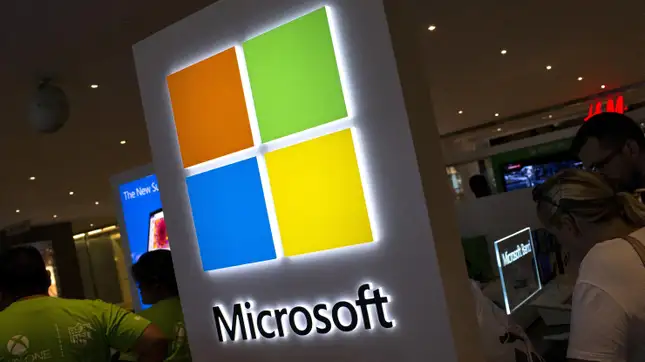

Microsoft’s March Update Woes: The Memory Leak Issue
Microsoft’s March update has been marred by a significant problem: a memory leak that caused disruptions for numerous users. Initially reported by The Register on Monday, Microsoft admitted to inadvertently deploying a memory leak within its March patches. The tech giant swiftly moved to rectify the issue.
For several days, users found themselves grappling with system malfunctions, with suspicions arising regarding crashes in domain controls. System Administrators reported frozen of Windows Server Systems while echoed these concerns, and unexpectedly resumed.
Addressing the issue Microsoft acknowledged that the problem stemmed from the “Local Security Authority Subsystem Service” process, affecting Windows Server versions spanning from 2012 R2 (which is no longer supported) to the latest iterations such as 2016, 2019, and 2022.
The crux of the issue lies in the interaction between on-premises and cloud-based Active Directory Domain Controllers when handling Kerberos authentication requests. Microsoft explained that extreme memory leaks could prompt the “LSASS” process to crash leading to unforeseen reboots of underlying domain controllers.


Microsoft has identified the root cause of the problem and assured users that a fix is imminent. The company has decided to release a solid patch to address the memory leak issue plaguing its March update.
This incident underscores the complexities involved in software development and the challenges of maintaining system stability amid frequent updates. As users await the forthcoming patch, Microsoft remains under scrutiny emphasizing the critical importance of rigorous testing and quality assurance in software deployment especially for systems as integral as server operating systems.

